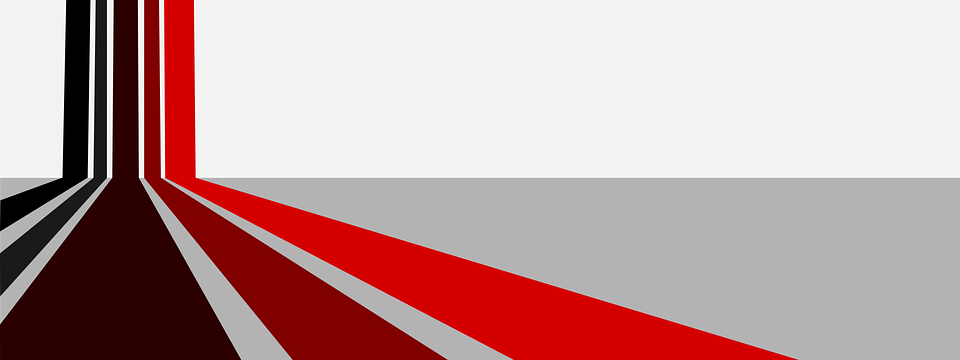Michael Piper, Senior
If you ever looked at the inside of a computer, you were probably amazed by the intricate field of tiny components that you saw. What you did not see, however, was a tangle of wires. But then how are all of those components electrically connected? The answer is the printed circuit board, or PCB, perhaps one of the most important inventions of the twentieth century.
Before the PCB, electrical circuits were wired point-to-point, a method still seen in many electric guitars and other very simple circuits today. As circuits became more complex in the early 1900s, however, they became very bulky and labor-intensive to produce. Thus electrical engineers, including Thomas Edison, sought ways to automate and shrink the circuit-making process. It took until the beginning of World War II for PCBs to really develop, with radios, mines, and anti-aircraft shells implementing them on a large scale. PCBs entered the consumer market in 1948, though it was not until the mid-1950s that they became widespread. Since then, refinements in manufacturing technology and the ever-growing presence of computers in our lives have enabled the printed circuit board to permeate every type of product.
How are PCBs made today? The process starts with a laminate board, made up of a layer of fiberglass sandwiched between two sheets of copper. Holes are drilled through the laminate wherever the designer requires a via, or connection between the two sides. To make these holes conductive, the board undergoes an electroplating process that deposits a small amount of copper. Then the panel enters a room kept meticulously dust-free and illuminated by only yellow light. These conditions are necessary for the application of photoresist, a thin film of light-sensitive material that hardens when exposed to certain wavelengths. A negative print of the circuit design is then laid on top before all are exposed to light that hardens the photoresist. The photoresist under the dark parts of the print remains soft, however, and a wash with a chemical solution removes this material. Another second bath in a different chemical solution then strips off all the exposed copper, leaving only the copper needed for the circuit. A third wash in yet another solution removes the remaining photoresist, and once the board is inspected for accuracy, it is sent to another clean and yellow-lit room. A machine deposits ink for the solder mask, a protective layer of non-conductive material to prevent short circuits, and like the photoresist, it hardens when exposed to light. The machine blasts the board with light through another circuit-pattern print, the excess ink is washed off, and the board is put into an oven to cure. Finally, the exposed copper is plated in gold or silver to prevent oxidation, and labels are printed onto the solder mask as requested by the designer. At long last, the process is done – though what I have described is only the simplest of modern boards, with just two layers. Many computers use boards with four or even more layers in order to be as compact as possible.
Circuit assembly is comparatively straightforward: a layer of solder paste is spread on top of the exposed copper, and then components arranged on top of that. A heat gun is often used to melt the paste and make a connection between the components and the PCB. The process is often done by machines, though hobbyists will typically save money by doing it themselves.
If you have any old, unused electronics (apart from microwaves and CRT monitors) lying around, I highly suggest that you crack something open and see what you find. You might surprise yourself with how much you can deduce about a circuit’s function just by following traces, and there are few things that look more interesting on a tabletop than a shiny, green PCB.
